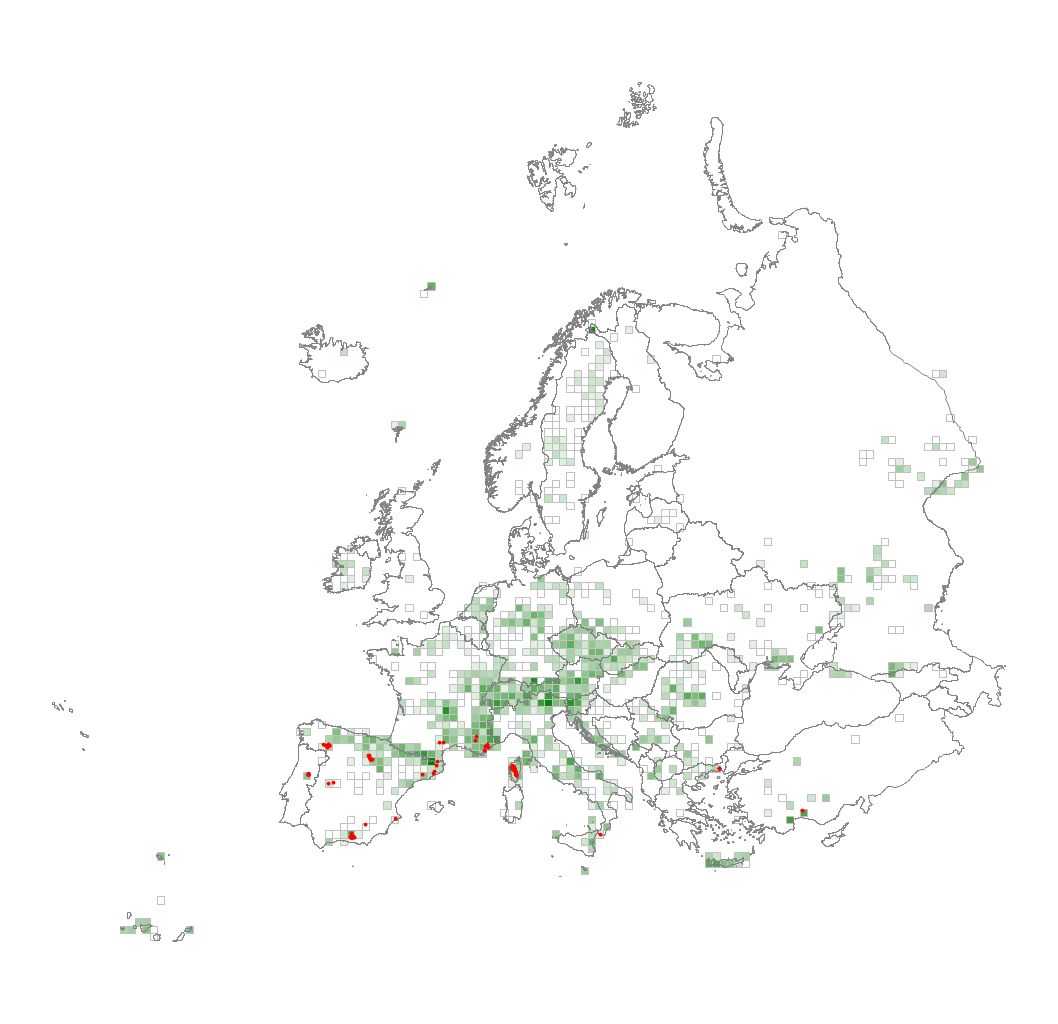U24 Mediterranean siliceous scree
Siliceous screes derived from various sedimentary, igneous and metamorphic rocks occurring on lower slopes in the Mediterranean. Rock debris is often mixed with fine soil. Vegetation cover can be completely lacking or consisting only of bryophyte and lichen communities. In most cases, however, these screes support open vegetation of vascular plants, which tends to be poorer in species than Mediterranean calcareous screes. Natural succession is slower than in temperate screes. Screes overgrown with shrublands or forest do not belong to this habitat.
Chytrý M., Tichý L., Hennekens S.M., Knollová I., Janssen J.A.M., Rodwell J.S. … Schaminée J.H.J. (2020) EUNIS Habitat Classification: expert system, characteristic species combinations and distribution maps of European habitats. Applied Vegetation Science 23: 648–675. https://doi.org/10.1111/avsc.12519
Version 2025-10-03, https://doi.org/10.5281/zenodo.16895007.
For the official presentation of the EUNIS Habitat Classification from the European Environment Agency, please see: EUNIS Terrestrial Habitat Classification 2021. The FloraVeg.EU presentation may show modifications and partial updates to the habitat classification.

1.jpg)